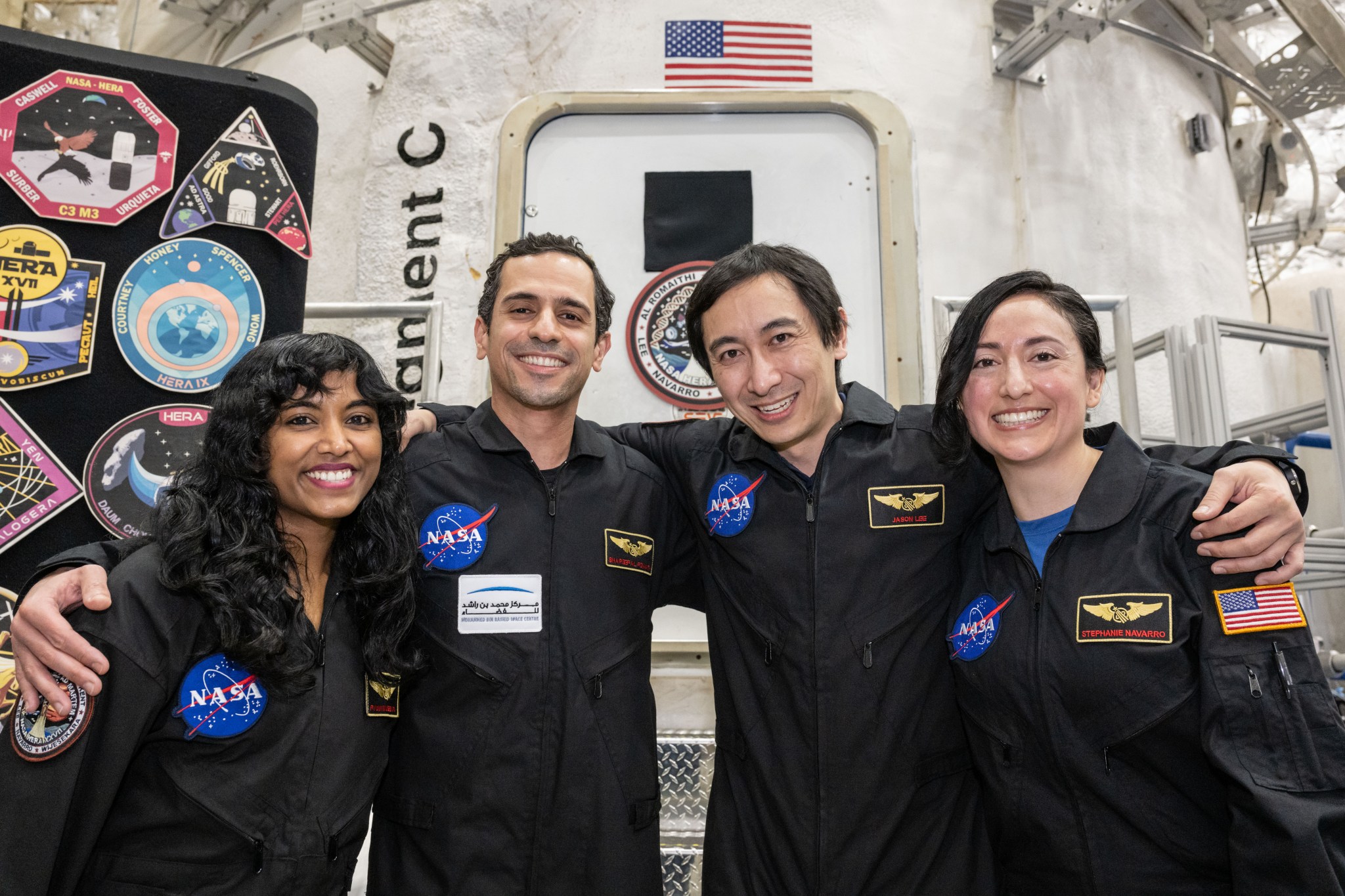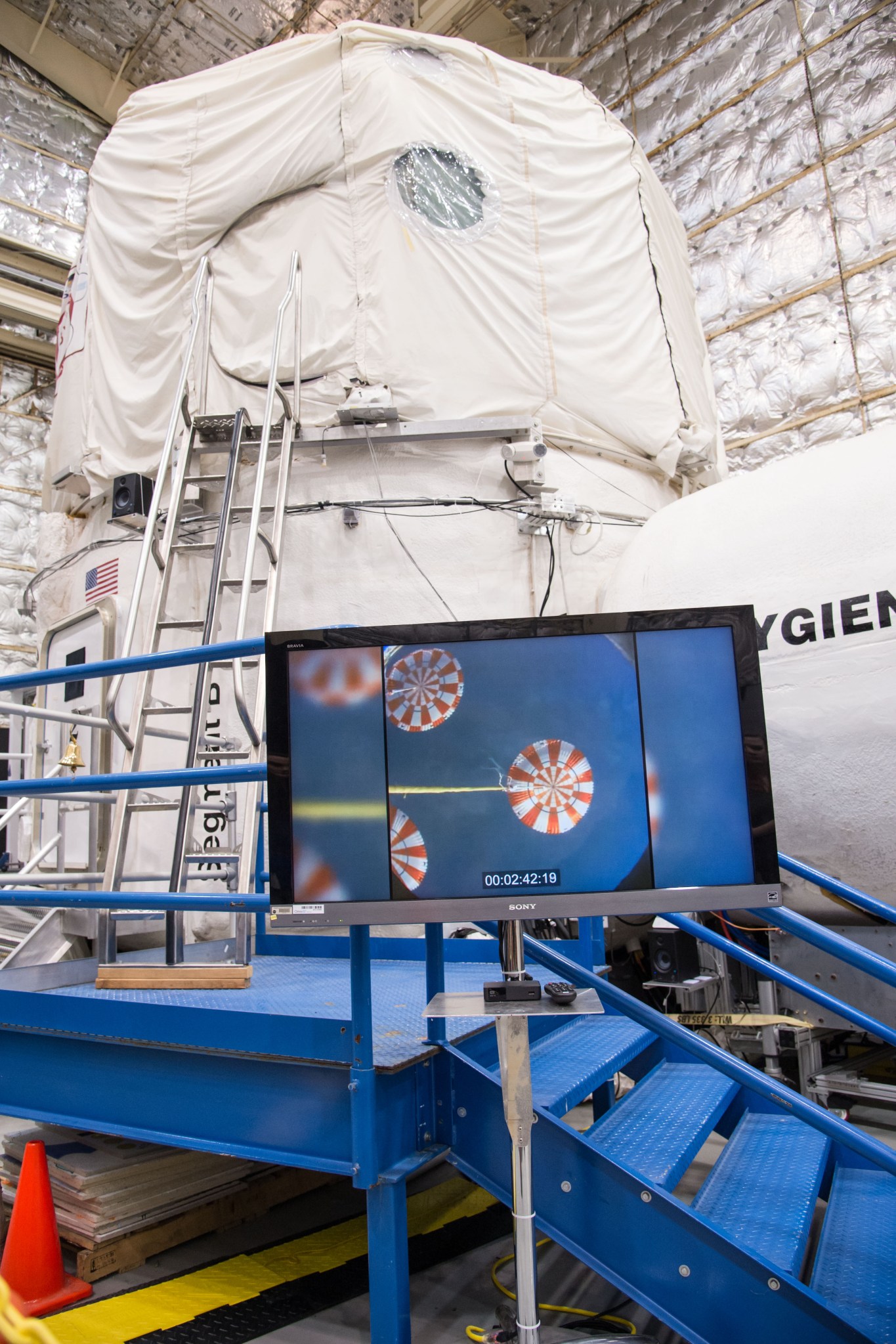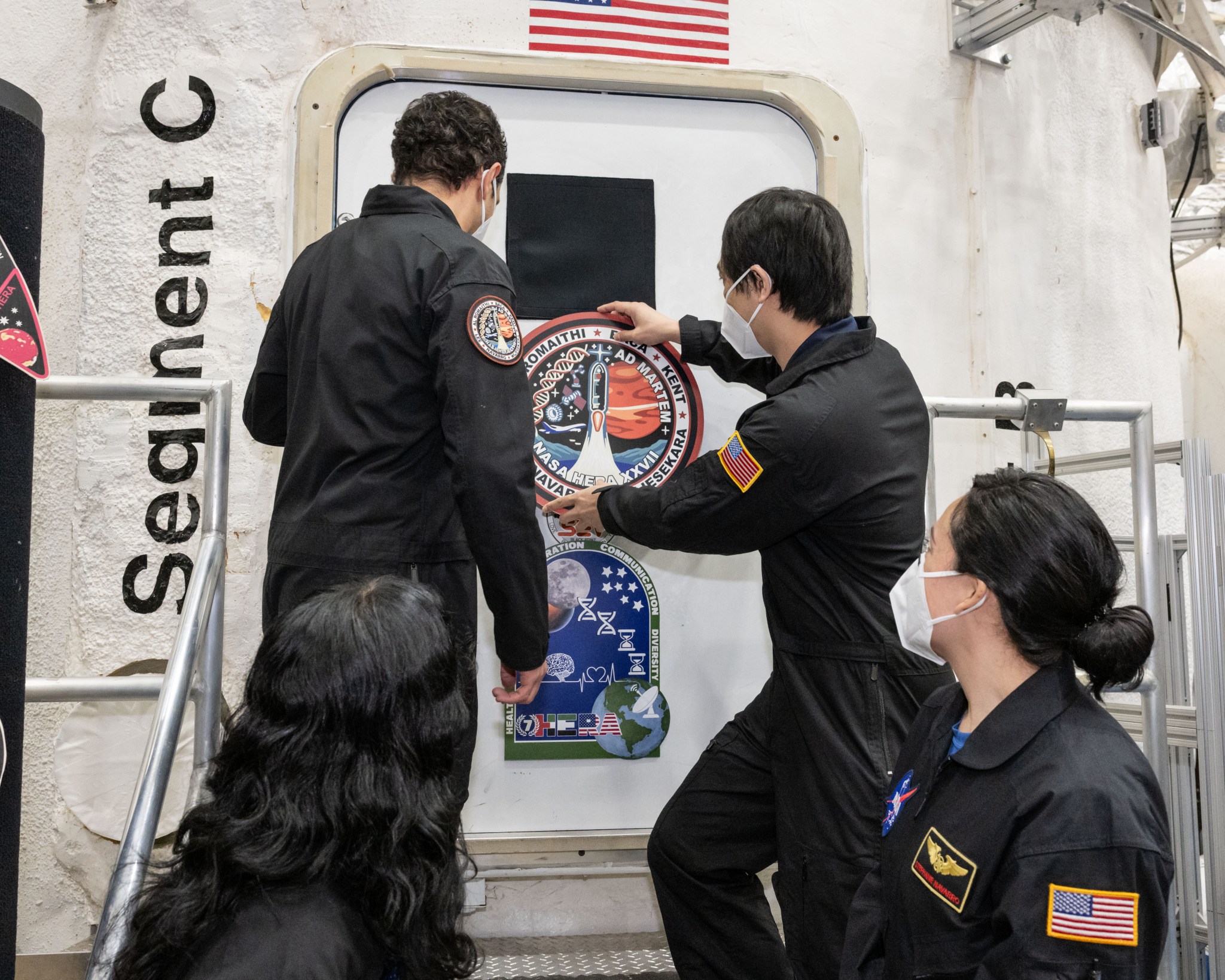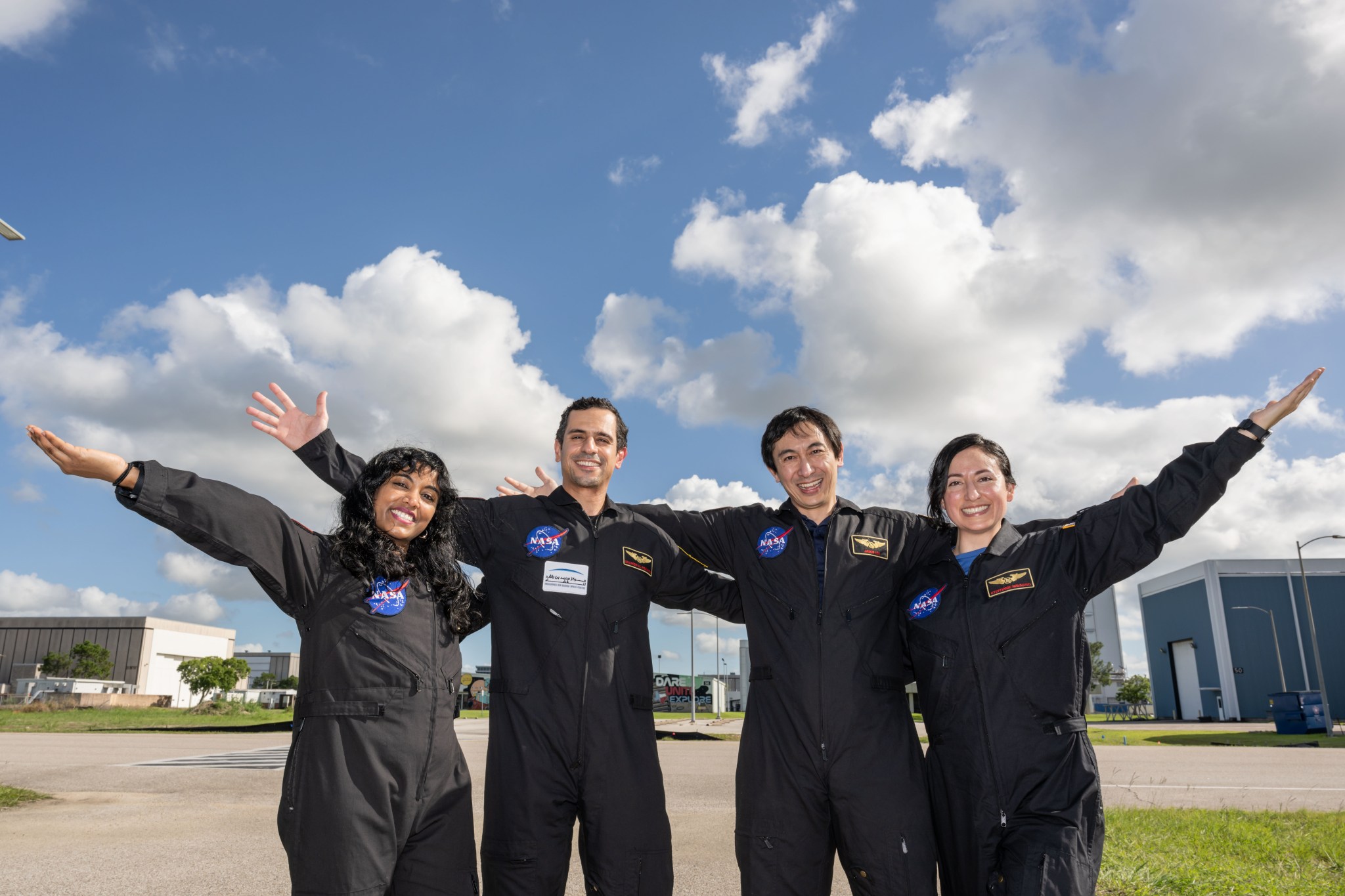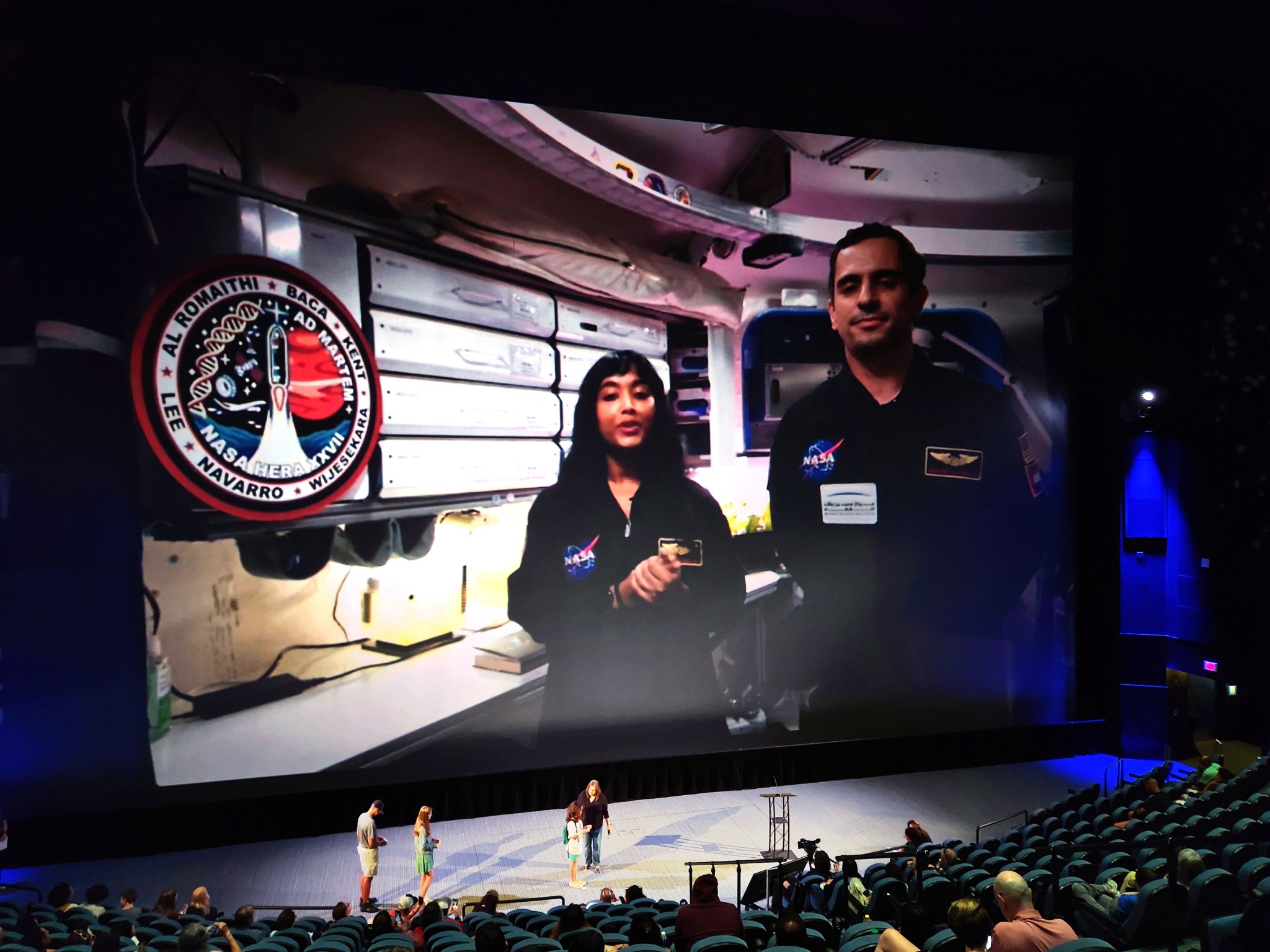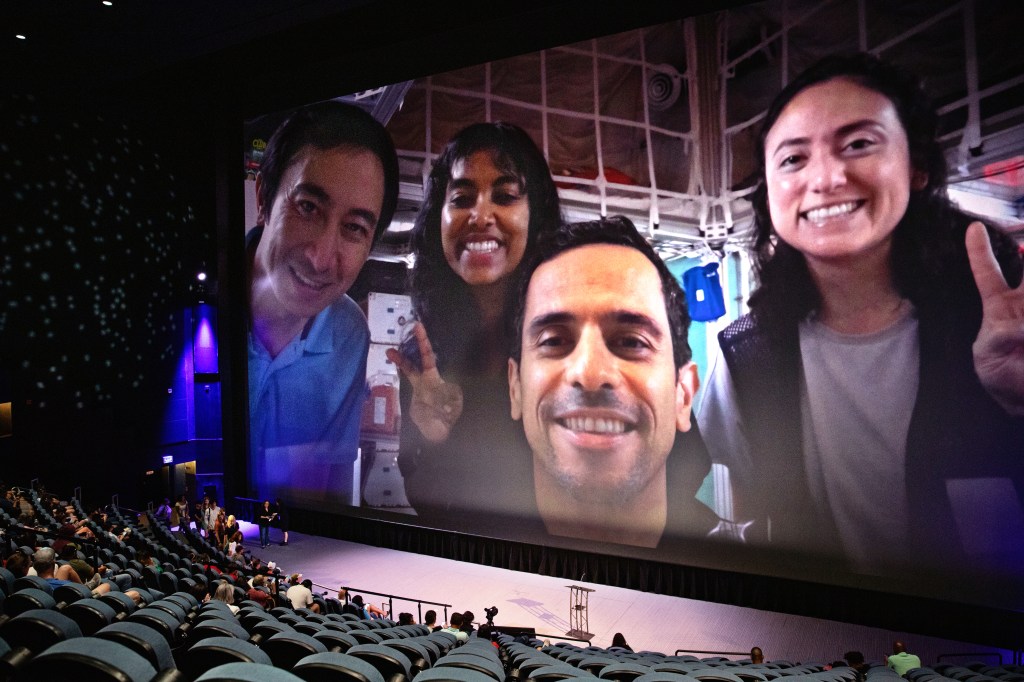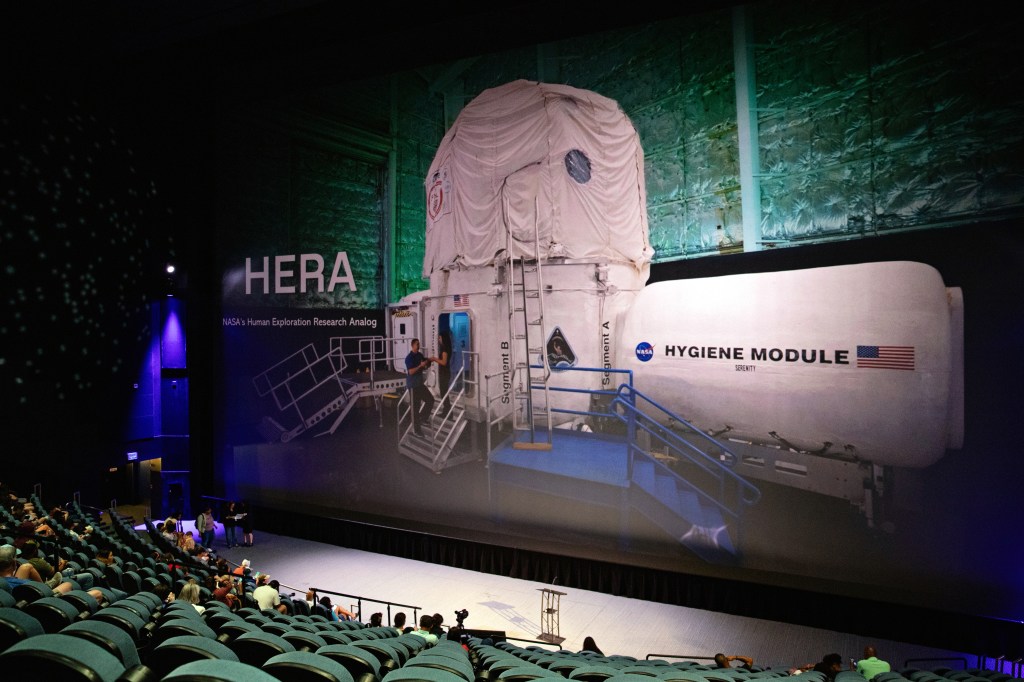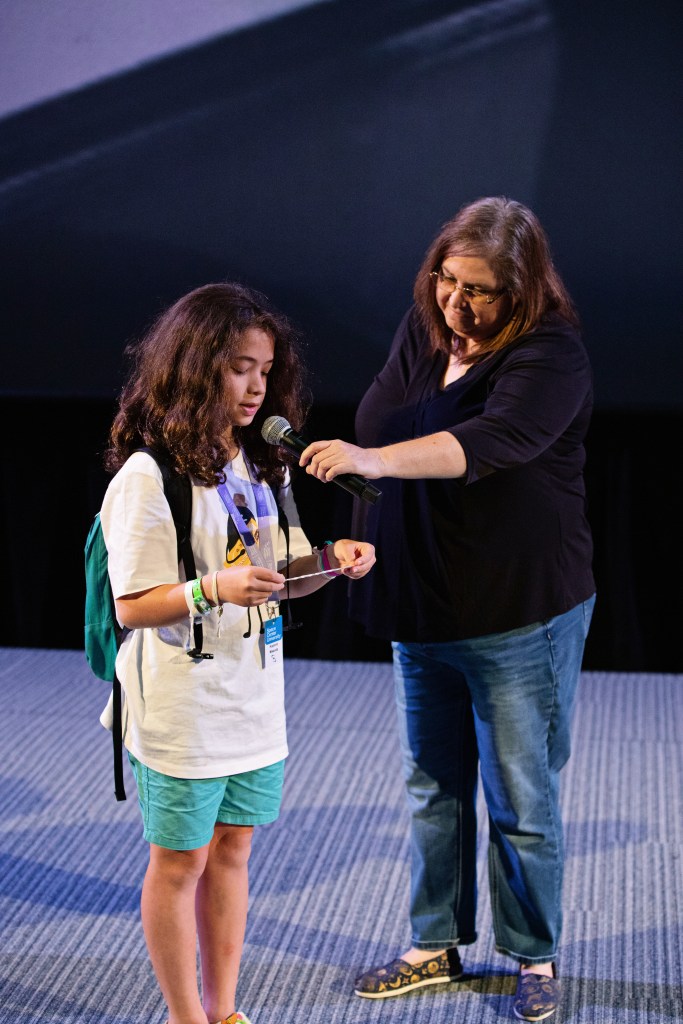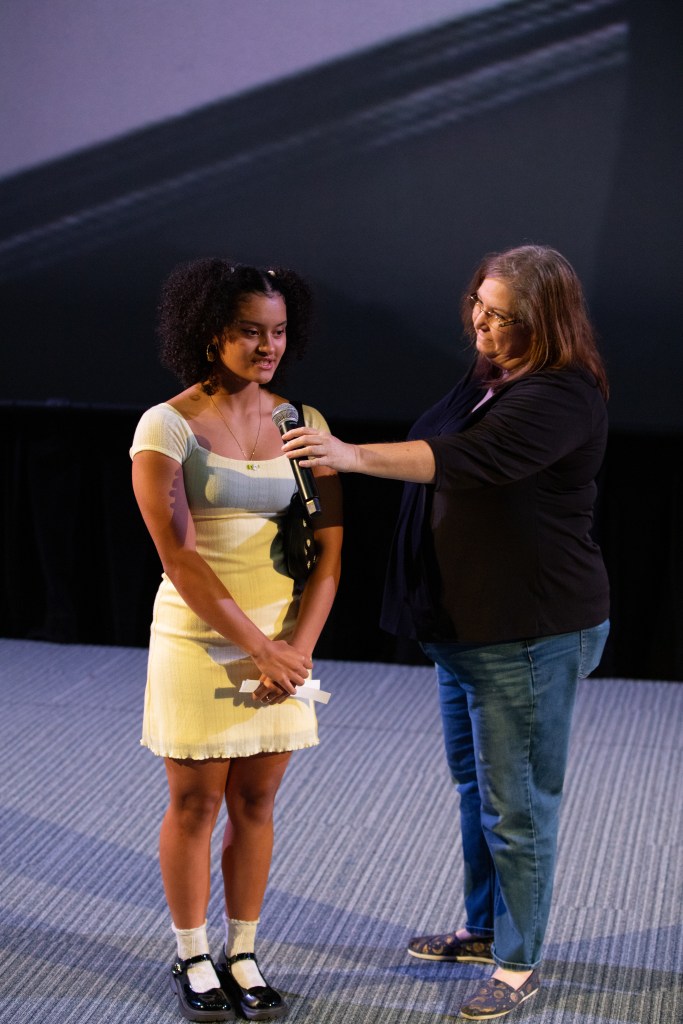Mission Success: HERA Crew Successfully Completes 45-Day Simulated Journey to Mars
Four dedicated explorers—Jason Lee, Stephanie Navarro, Shareef Al Romaithi, and Piyumi Wijesekara—just returned from a 45-day simulated journey to Mars, testing the boundaries of human endurance and teamwork within NASA’s HERA (Human Exploration Research Analog) habitat at Johnson Space Center in Houston. Their groundbreaking work on HERA’s Campaign 7 Mission 2 contributes to NASA’s efforts to […]

Four dedicated explorers—Jason Lee, Stephanie Navarro, Shareef Al Romaithi, and Piyumi Wijesekara—just returned from a 45-day simulated journey to Mars, testing the boundaries of human endurance and teamwork within NASA’s HERA (Human Exploration Research Analog) habitat at Johnson Space Center in Houston. Their groundbreaking work on HERA’s Campaign 7 Mission 2 contributes to NASA’s efforts to study how future astronauts may react to isolation and confinement during deep-space journeys.
Throughout their mission, the crew conducted operational tasks and participated in 18 human health studies. These studies focused on behavioral health, team dynamics, and human-system interfaces, with seven being collaborative efforts with the Mohammed Bin Rashid Space Centre (MBRSC) of the United Arab Emirates (UAE) and the European Space Agency. These experiments assessed the crew’s physiological, behavioral, and psychological responses in conditions designed to be similar to a mission to Mars.
As their mission concluded, the HERA crew watched real footage from the Artemis I mission to simulate their landing. HERA operations lead Ted Babic rang the bell outside the habitat nine times to celebrate the crew’s egress—seven for the campaign and two for the mission—saying, “All in a safe passage to Mars and a safe return to Earth. May this vessel be a safe home to future HERA crews.” Babic then presented the crew with their mission patch, which they placed on the door of the HERA habitat.
The crew expressed their gratitude to everyone involved in the mission, including NASA and MBRSC, the HERA mission control center, NASA’s Human Research Program (HRP) team, Analog Mission Control, medical teams, and their family and friends. Wijesekara shared, “This was one of the best experiences I’ve had in my life. I’d like to thank my crewmates for making this experience memorable and enjoyable.”
Connecting With Students
On June 21, three days before crew egress, about 200 people gathered at Space Center Houston’s theater for a live Q&A session where students had the opportunity to share their questions with crew members Al Romaithi and Wijesekara. They discussed team dynamics, adapting to unexpected circumstances, and coping with isolation.
When asked about what prompted her to apply for the mission, Wijesekara emphasized the importance of helping NASA collect data that could help future long-duration space flights, saying, “This will be very useful when we get to the Moon with Artemis missions and even beyond that when we go to Mars.”
Inside HERA, mealtimes were bonding moments where the crew shared stories, laughed, and supported each other. When a student asked about building stronger teams, Wijesekara advised, “Spend time with your crewmates, get to know them deeply, and be a good listener.”
Al Romaithi, who hails from the UAE, shared that his academic background in aerospace engineering and aviation helped him stand out in the application process. In addition, this HERA campaign is focused on cultural diversity, which opened the opportunity for him to apply through a partnership between HERA and MBRSC.
Discussing the mental effects of isolation, Al Romaithi highlighted the comfort provided by personal items, books, and board games. Wijesekara noted that the white noise of instruments running became their constant companion that her senses adjusted to over time.
Wijesekara told the audience her favorite experience was performing spacewalks and “flying drones on Mars,” via virtual reality, which allowed them to observe Martian landscapes and even lava caves. Through the habitat’s window screens, they could see simulated views of space and Martian landscapes.
The crew addressed the challenges they faced inside the analog environment, such as communication delays, which taught them teamwork, patience, and precise planning. They utilized a 3D printer aboard HERA to address equipment issues. A curious student asked what happens to the crew and the mission in case of an outside emergency, like a hurricane. Both crew members explained that HERA provided them with step-by-step emergency instructions.
Medical evaluations and nutrition-specific meal plans were crucial for the mission, Al Romaithi and Wijesekara noted, with daily monitoring of the crew’s physical and mental health. The crew also grew lettuce hydroponically and had four pet triops shrimp named Buzz, Alvin, Simon, and Theodore.
When a student asked what food he missed most, Al Romaithi replied, “Home-cooked meals.”
Wijesekara shared the first thing she plans to do post-mission is see her family and visit a list of restaurants with her crewmates. She also looks forward to running on the beach.
Reflecting on their experience, Al Romaithi noted, “We’ve become more disciplined and efficient in our daily activities.”
What was the most valuable lesson learned? “The importance of teamwork and communication,” he said.
Both crewmembers also gave students in the audience some advice. “Never hesitate or be shy to ask for help,” Al Romaithi said. “Always push for your biggest dreams, don’t let self-doubt slow you down, and believe in yourself.”
“And keep studying!” added Wijesekara.
What's Your Reaction?



















.jpg?#)























